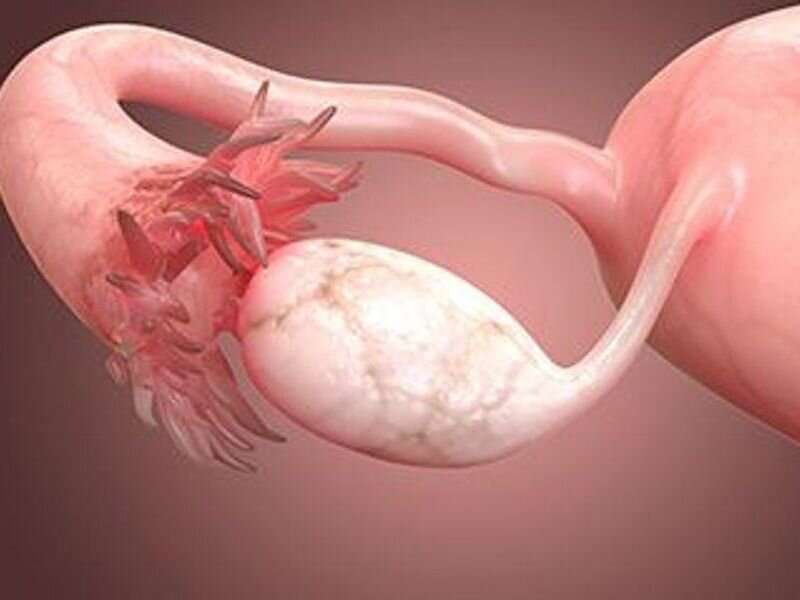
An artificial intelligence (AI) model may help predict clinical outcomes at the time of laparoscopic assessment for advanced high-grade serous ovarian cancer (HGSOC), according to a study presented at the Society of Gynecologic Oncology’s Annual Meeting on Women’s Cancer, held from March 18 to 21 in Phoenix.
Deanna Glassman, M.D., from the University of Texas MD Anderson Cancer Center in Houston, and colleagues used pretreatment laparoscopic surgical videos (435 still-frame images) of 113 patients with pathologically proven HGSOC (2013 to 2019) to train an AI model utilizing deep learning and neural networks. The model was used to identify trends in morphologic patterns between patients with an excellent response to standard treatment (defined as progression-free survival of at least 12 months) and those with a poor response to therapy (defined as progression-free survival of no more than six months).
The researchers found that the model successfully identified patients with a durable response to therapy (53 percent) versus those with a short interval to recurrence with a degree of accuracy of 93 percent. The model reached 100 percent sensitivity in detecting patients with excellent response to therapy when using still-frame images alone, but it misclassified some patients with poor response to therapy (specificity of 63 percent). The investigators suggested that the lack of specificity may be due to the lower number of images corresponding to patients with poor response to therapy (167 patients) versus patients with excellent response (268 patients).
“This pilot study is an exciting frontier in surgical innovation that shows how we can use machine learning to enhance our clinical approach to treating patients with gynecologic cancers,” Glassman said in a statement. “A major implication of our study is that the AI model could identify patients who are likely to have a poor response to traditional therapies, enabling clinicians to alter surgical plans and goals, and providing opportunities for tailoring therapeutic strategies in those patients.”

